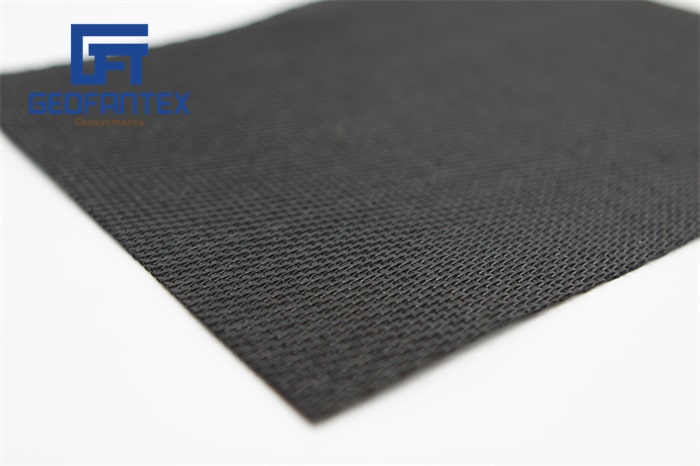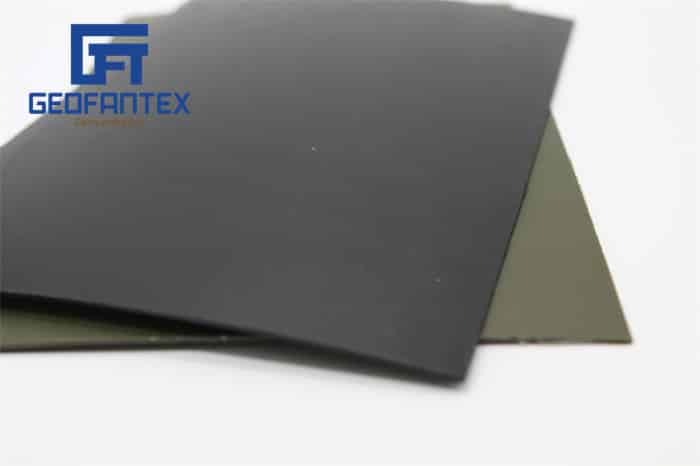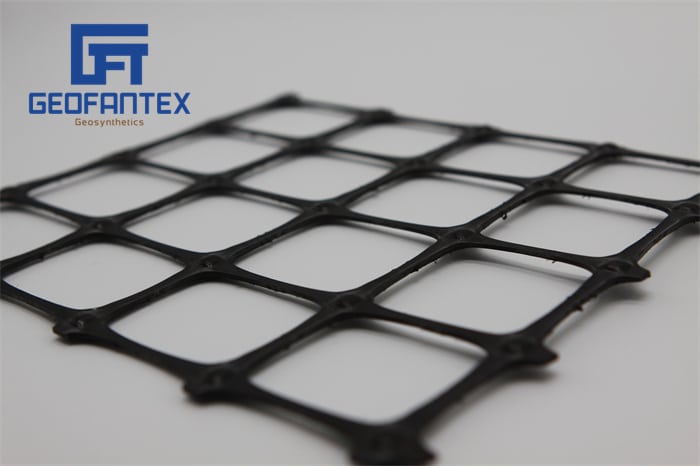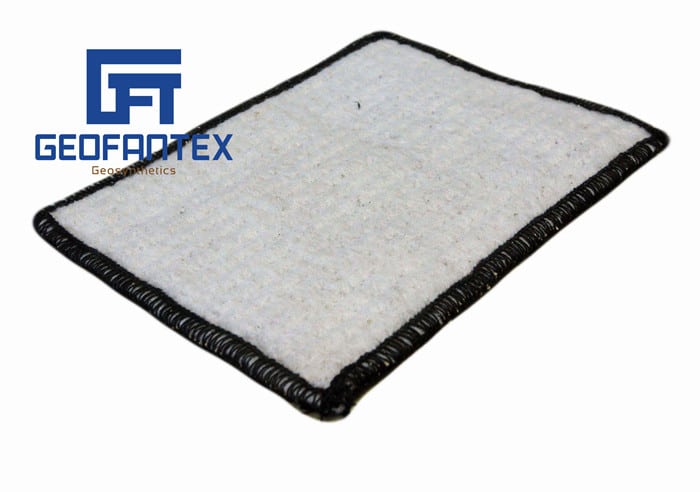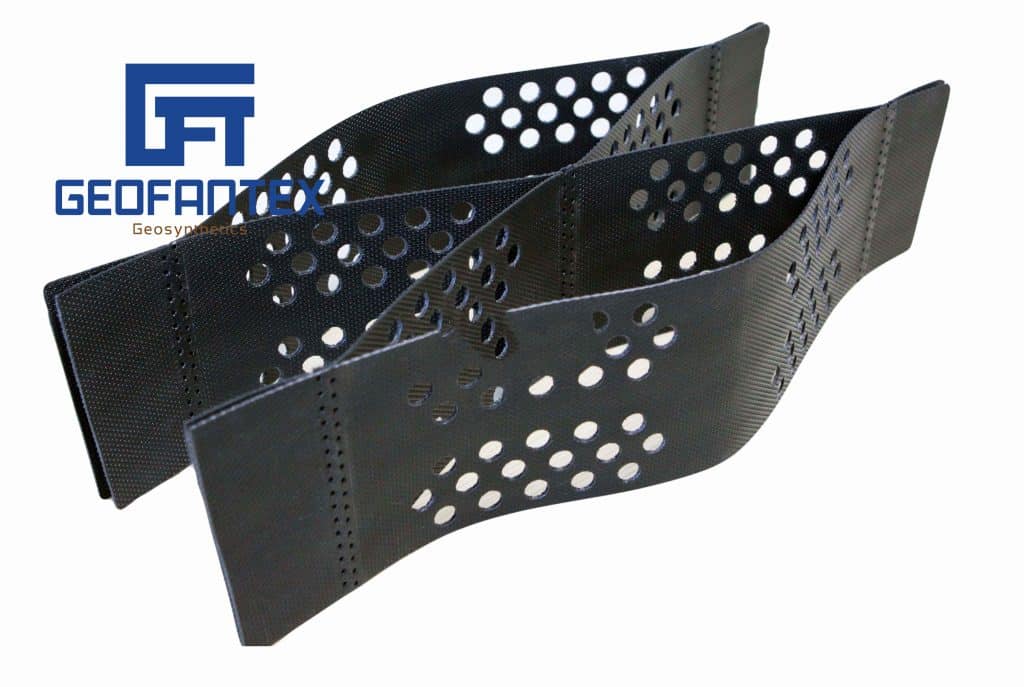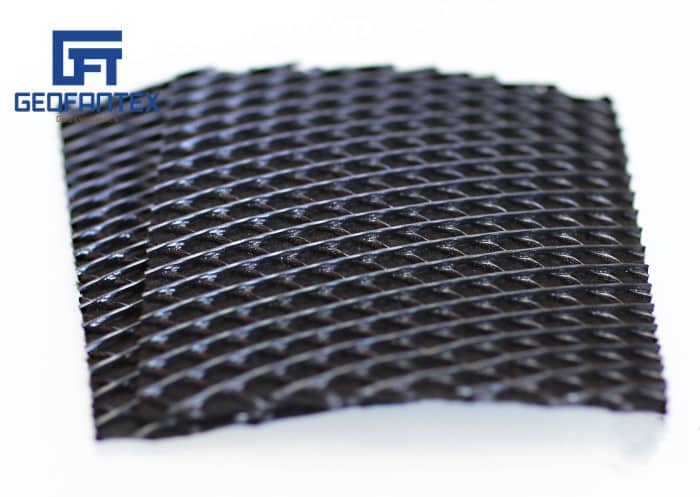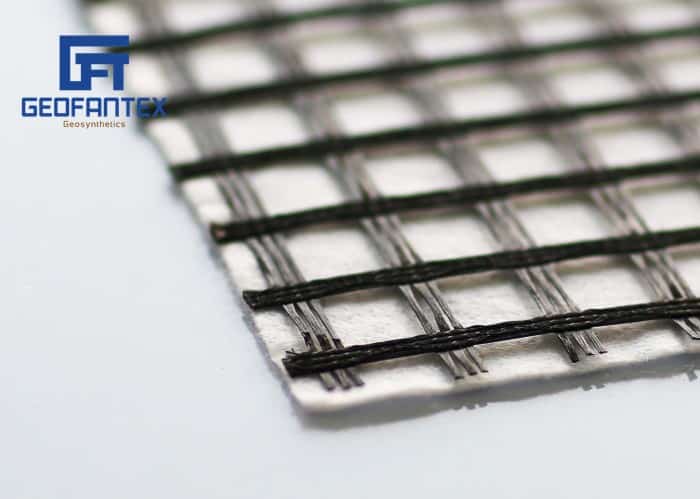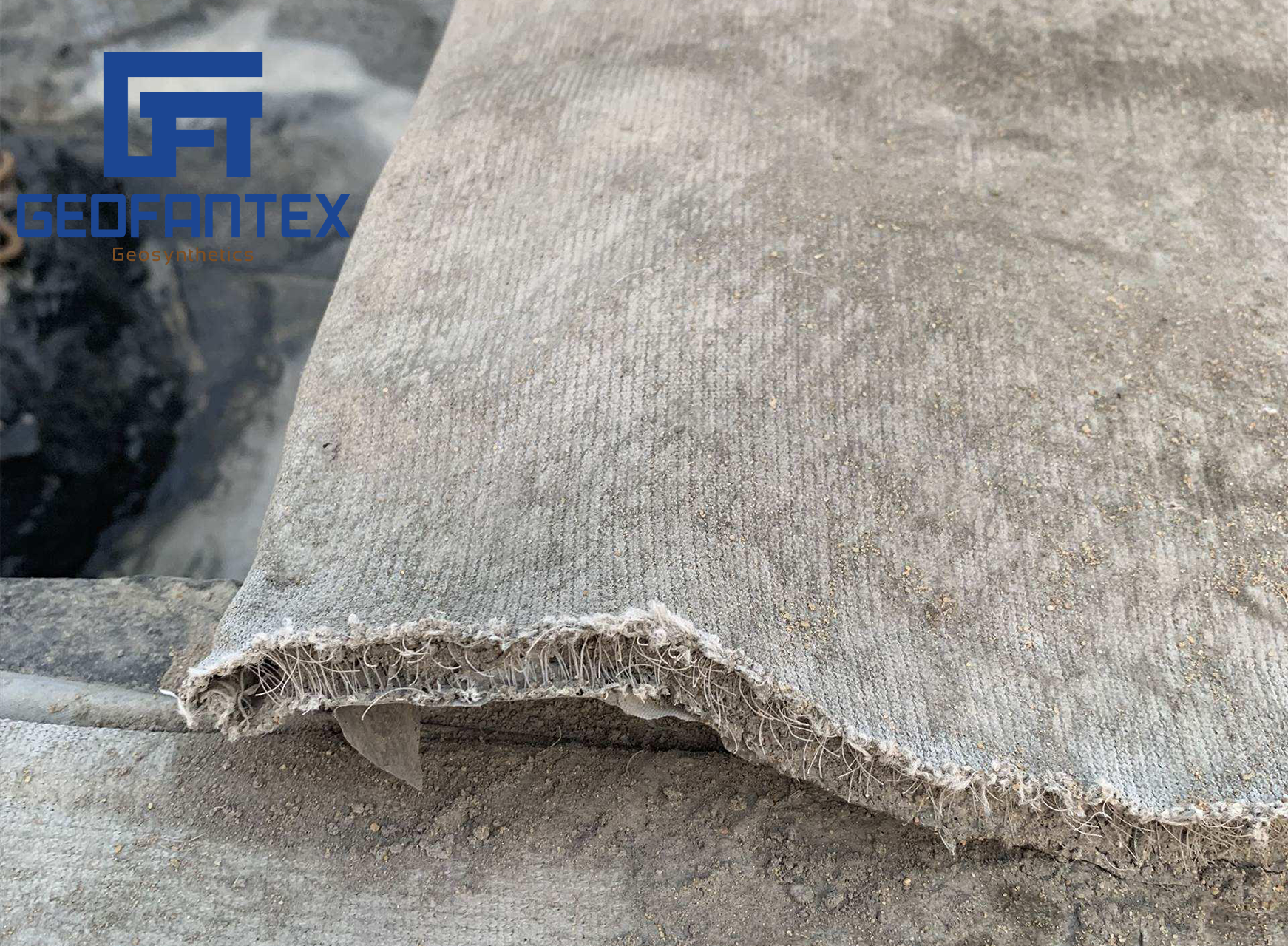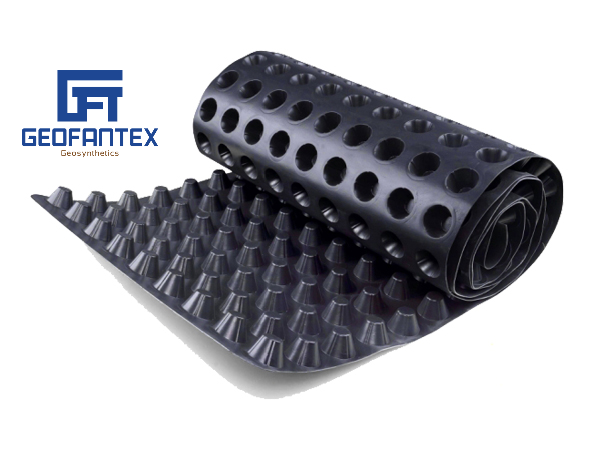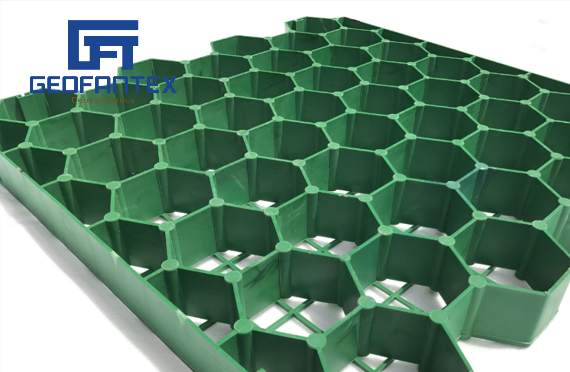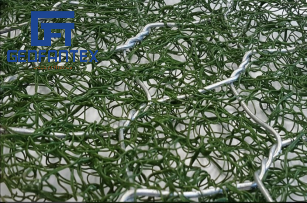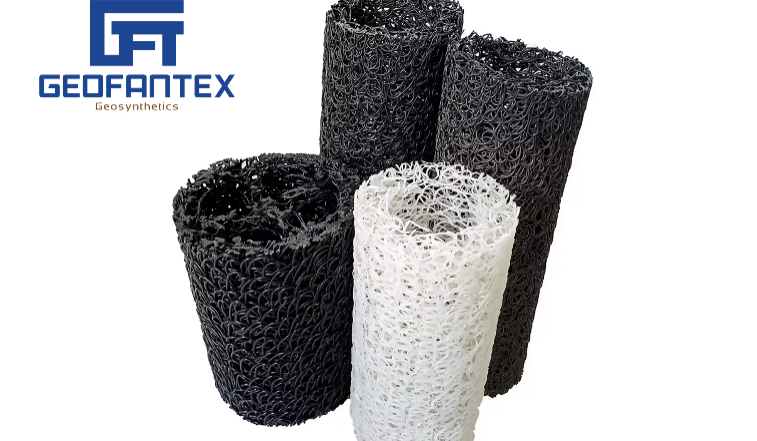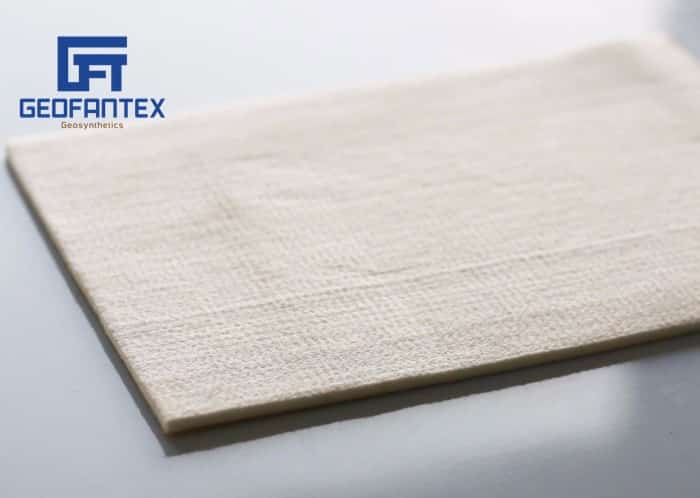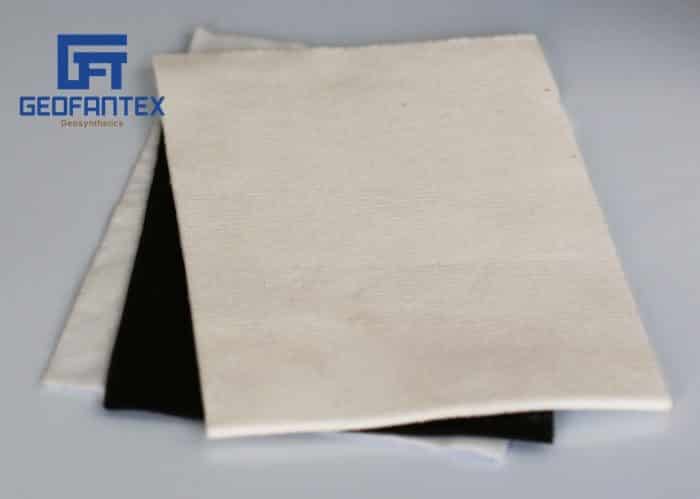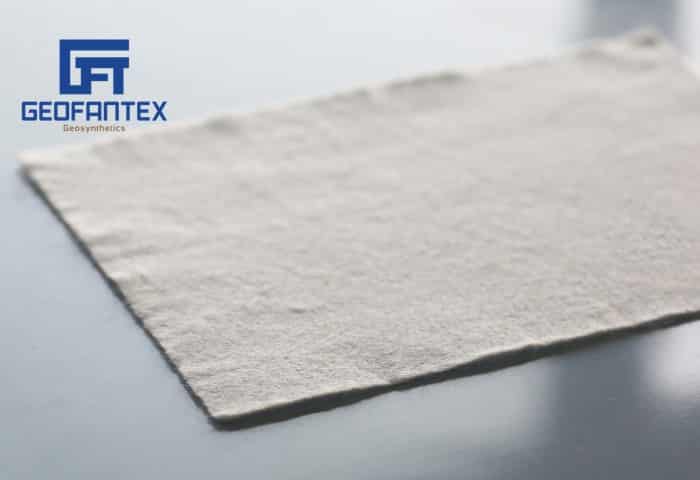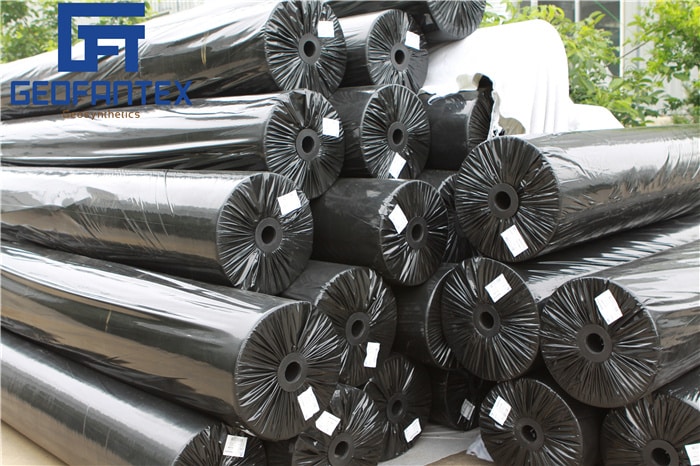+86-159 9860 6917
info@geofantex.com
geofantex@gmail.com
+86-400-8266163-44899
Geosynthetics play a crucial role in modern engineering, particularly in geogrid slope stabilization, where they enhance the stability and longevity of infrastructure projects. By using a 3D mesh system to reinforce soil and prevent erosion, landslides, and other slope failures, they improve structural integrity and ensure long-term performance. Understanding their applications and benefits is essential for ensuring resilient construction practices.
What are Geosynthetics?
Geosynthetics are synthetic materials used in civil engineering and construction to improve the performance of soil and rock. They’re designed to enhance properties like stability, filtration, drainage, and reinforcement in various geotechnical and environmental applications. Geosynthetics include materials like geotextiles, geogrids, geomembranes, geocomposites, and geonets. They’re crucial in infrastructure projects such as roadways, landfills, retaining walls, and erosion control, offering cost-effective solutions for challenging soil conditions. These materials play a vital role in modern construction by providing durable and sustainable alternatives to traditional soil stabilization methods.
How do Geosynthetics Benefit Slope Stabilization?
In geogrid slope stabilization, geosynthetics like geogrids reinforce soil mass, preventing erosion and minimizing soil movement. By distributing loads more evenly, they increase the bearing capacity of slopes and reduce the risk of failure, thereby enhancing safety and longevity.
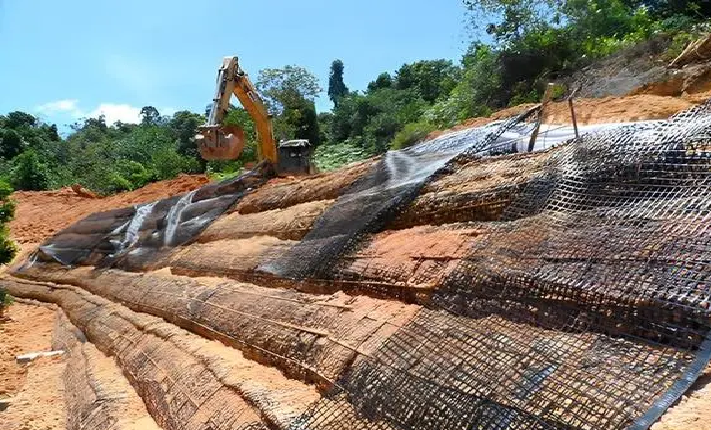

What Types of Geosynthetics are Used in Slope Stabilization?
Several types of geosynthetics are employed in slope stabilization, including geogrids, geotextiles, and geomembranes. Geogrids, specifically, are widely utilized due to their high tensile strength and ability to reinforce soil in steep and challenging terrain.
What Considerations are Important in Geogrid Slope Stabilization Projects?
Successful implementation of geogrid slope stabilization projects requires careful consideration of factors such as soil type, slope geometry, environmental conditions, and project-specific requirements. Proper installation techniques and adherence to design specifications are critical to achieving desired outcomes.
In conclusion, geogrid slope stabilization relies on the strategic use of geosynthetics to reinforce slopes and mitigate risks associated with soil erosion and instability. By integrating these materials effectively, engineers can ensure the durability and resilience of infrastructure projects against natural forces and environmental challenges.
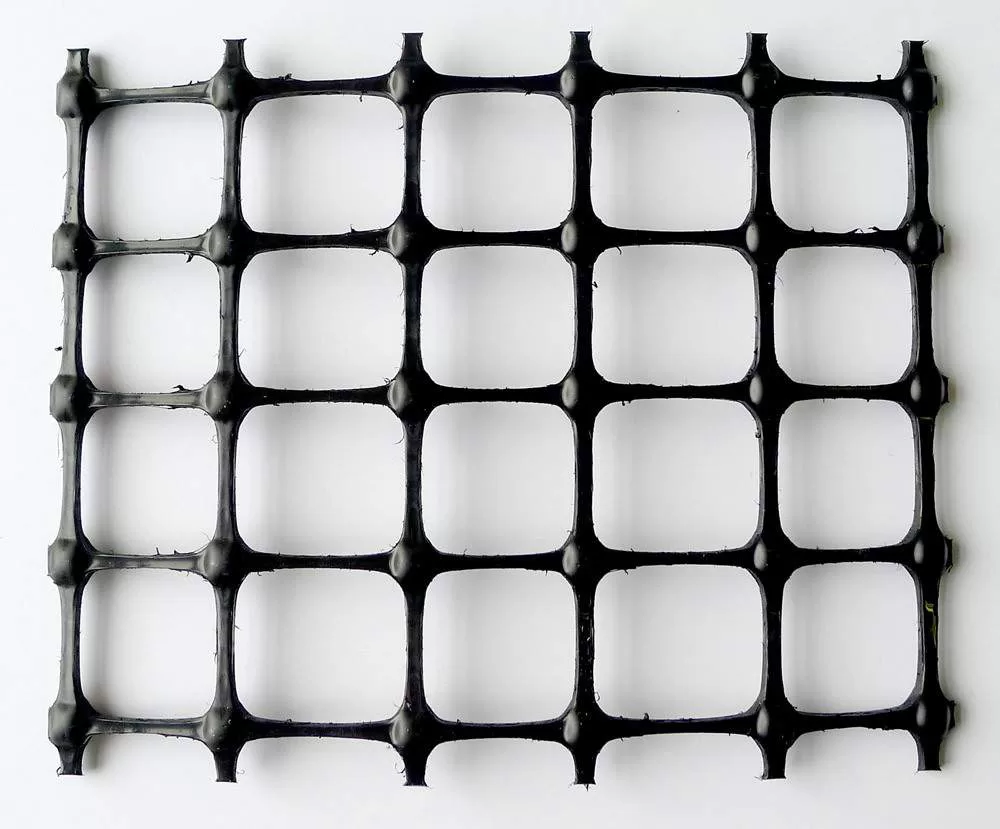
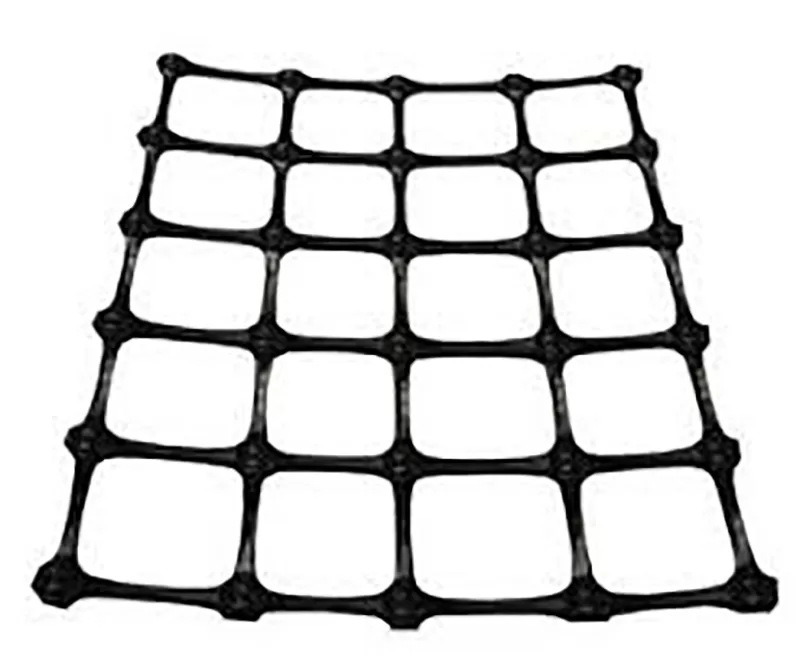

Get Free Sample
We’ll respond as soon as possible(within 12 hours)


